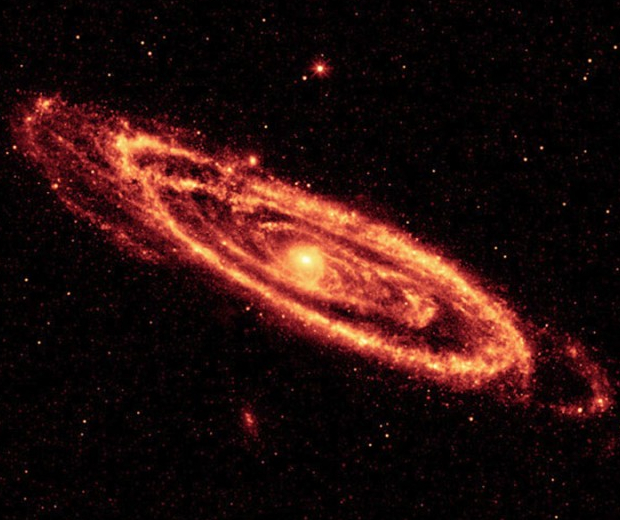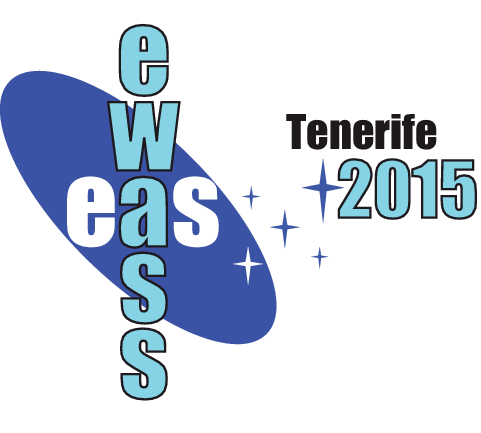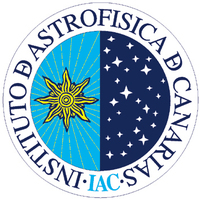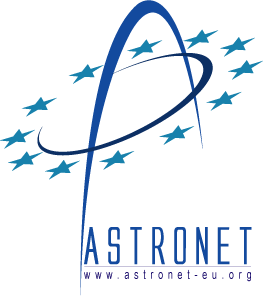Special Session Sp4
26 June 2015
Galaxy studies in the mid-infrared from space and ground
Aims and scope
 Mid-infrared (MIR) observations have marked a before and an after for extragalactic astronomy, both at high-redshift and in the local universe. The Spitzer Space Telescope and the Wide-field Infrared Survey Explorer (WISE) have seen through dust clouds in our galaxy and beyond and largely increased our understanding of star formation (SF) and nuclear activity in galaxies. Furthermore, upcoming facilities such as MIRI on the James Webb Space Telescope (JWST) and METIS on the 40 m European Extremely Large Telescope (E-ELT) will be leading extragalactic research during the next decades. This Special Session will bring the MIR extragalactic community together to review some of the most salient observational and theoretical results on galaxy evolution of the last years, and discuss the challenges and opportunities brought by current and upcoming MIR instruments.
Mid-infrared (MIR) observations have marked a before and an after for extragalactic astronomy, both at high-redshift and in the local universe. The Spitzer Space Telescope and the Wide-field Infrared Survey Explorer (WISE) have seen through dust clouds in our galaxy and beyond and largely increased our understanding of star formation (SF) and nuclear activity in galaxies. Furthermore, upcoming facilities such as MIRI on the James Webb Space Telescope (JWST) and METIS on the 40 m European Extremely Large Telescope (E-ELT) will be leading extragalactic research during the next decades. This Special Session will bring the MIR extragalactic community together to review some of the most salient observational and theoretical results on galaxy evolution of the last years, and discuss the challenges and opportunities brought by current and upcoming MIR instruments.
Ground-based 8 to 10 m class telescopes currently operating in the MIR are the Gran Telescopio CANARIAS (GTC) and the Subaru Telescope. On the GTC, the MIR instrument CanariCam is fully operational, and the first scientific results are starting to come out.
Even smaller spatial scales than those observable with CanariCam have been probed with the MID-infrared Interferometric instrument (MIDI) on the Very Large Telescope Interferometer (VLTI), although restricted to bright and nearby sources. In 2016/17, the new VLTI instrument MATISSE (the Multi AperTure mid-Infrared SpectroScopic Experiment) will offer a more efficient capability for image reconstruction.
Much higher sensitivities are obtained from space, at the cost of lower (diffraction-limited) spatial resolutions. The high sensitivity of Spitzer allowed for the first time to study the IR emission of star-forming galaxies and active galactic nuclei (AGN) at high redshifts, and the all-sky WISE observations provided MIR photometry for a very large sample of galaxies, comparable in size to the Sloan Digital Sky Survey main galaxy sample. The launch of the JWST, planned for 2018, will represent a revolution for extragalactic astronomy, since it will combine extreme sensitivity and sub-arcsecond angular resolution. From the ground, the instrument METIS, mounted on the E-ELT, will also provide unprecedented angular resolution data. This Special Session aims to present a complete MIR view of extragalactic astronomy, focusing on interstellar dust, star formation in galaxies, (ultra-)luminous infrared galaxies and AGN.
Image: The Andromeda Galaxy observed by WISE (12-micron light has been color coded orange, and 22-micron light, red). Credit: NASA/JPL-Caltech/WISE Team.
Programme
|

 A power cut will shut down all EAS services on Tuesday, 10 January 2017 starting at 7:30 CET.
A power cut will shut down all EAS services on Tuesday, 10 January 2017 starting at 7:30 CET.


















